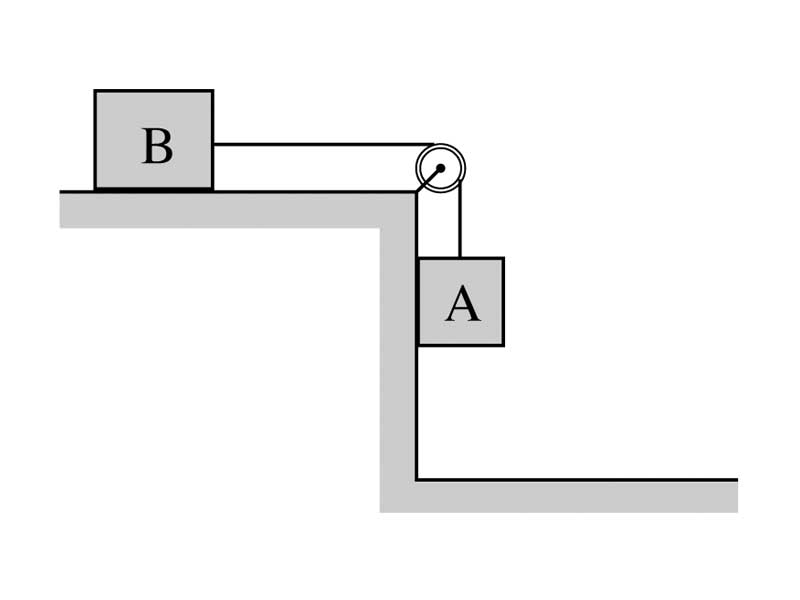Interdisciplinary Note (7 of 20)
Let's talk about problem solving in mechanics with concepts from dynamics (Newton's laws) versus problem solving with concepts from work & energy. Many mechanics problems can be fruitfully approached using either Newton's laws to set up the problem or work & energy. Which method do you choose?
In other words, under influence of a net force, the object's motion can be analyzed by looking at the change in the state of motion (velocity) over time (dynamics) or it can be analyzed by looking at the change in the kinetic energy through the application of work (force through distance).
If you find yourself stuck trying to solve a problem with reasoning from Newton's laws, or the problem looks like it's going to take a whole page to solve, take a step back and think about the problem in terms of work & energy. Often an easier way to the solution will become clear.
If asked to find the speed of a block at the bottom of a frictionless inclined plane, for example, the first instinct might be to find the acceleration down the plane to determine the final speed, when a simpler approach using conservation of energy may be faster. No method is always betterIf you get stuck using dynamics, step back and think about work & energy, or vice versa.
